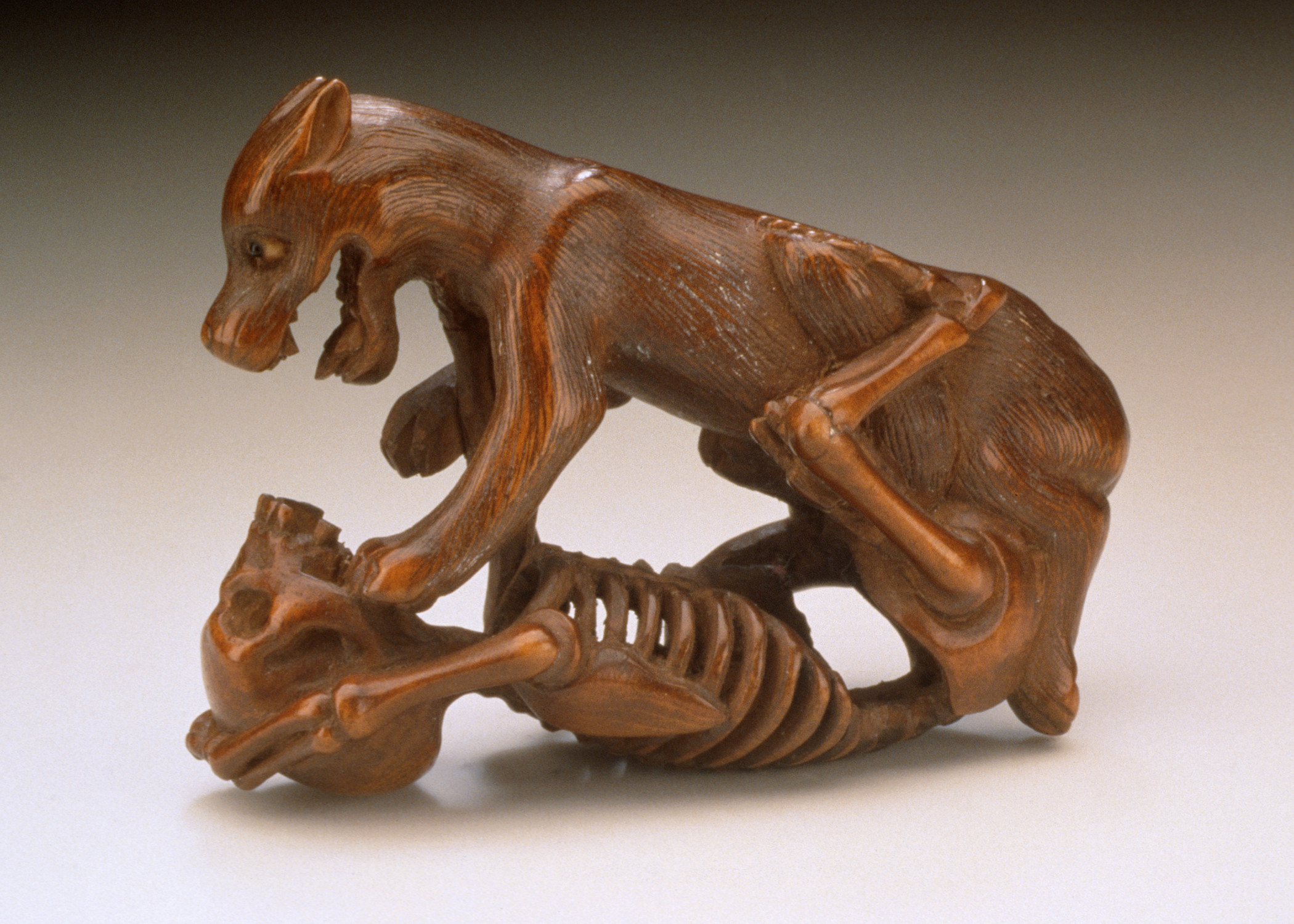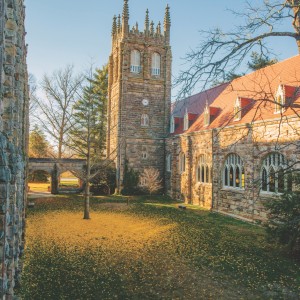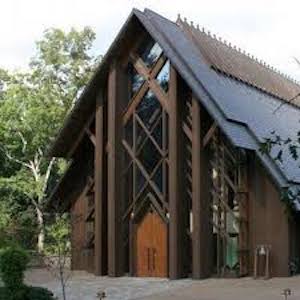
Monday, November 11, 2024
4:30pm
Naylor Auditorium, Gailor Hall
Wolves had been present on the Japanese archipelago for millennia. Until the mid-Edo period, Japanese people generally regarded wolves positively—they protected the rice fields from predators like deer and wild boar, and were seen as divine or semi-divine entities with many dedicated shrines in locations where wolves were prevalent, such as the Kii peninsula and what is now Saitama prefecture. In these cases, wolves were venerated as guardian deities, often being included in origin myths about the legendary founding of temples and shrines, having led figures like Kūkai and Yamato Takeru away from danger and to the site where the buildings would then be built. Worshippers could pray for the safety of their crops, purchasing charms to ward off boar and even cholera.
However, after the introduction of rabies to Japan in the 1730s, wolves became an increasing threat to humans and their image began to shift. Further, the increasing destruction of the wolves’ natural habitat due to increased urbanization and deforestation brought humans and wolves into closer proximity and increasing conflict. Accordingly, the representation of wolves changed from divine and stately to starving and deranged.
This talk will examine this representational shift and its manifestations in various media, including painting, netsuke, metalwork, and prints, particularly as it accelerated in the late nineteenth century. This destructive relationship ultimately culminated in the total extinction of the Japanese wolf by 1905.

